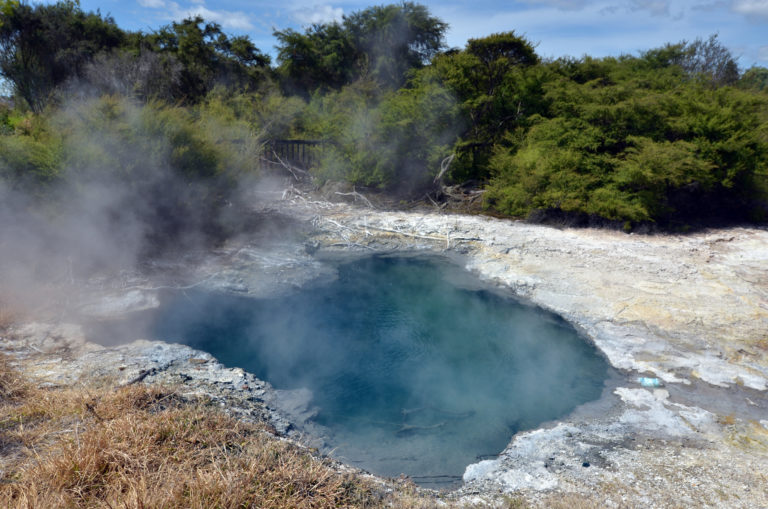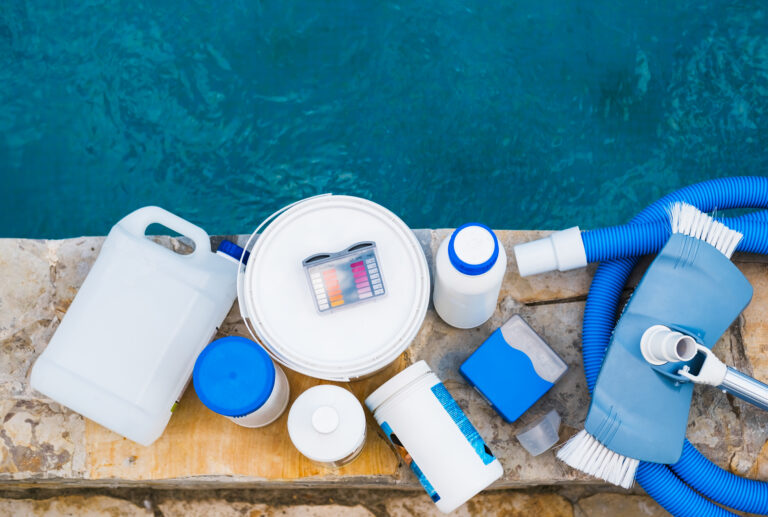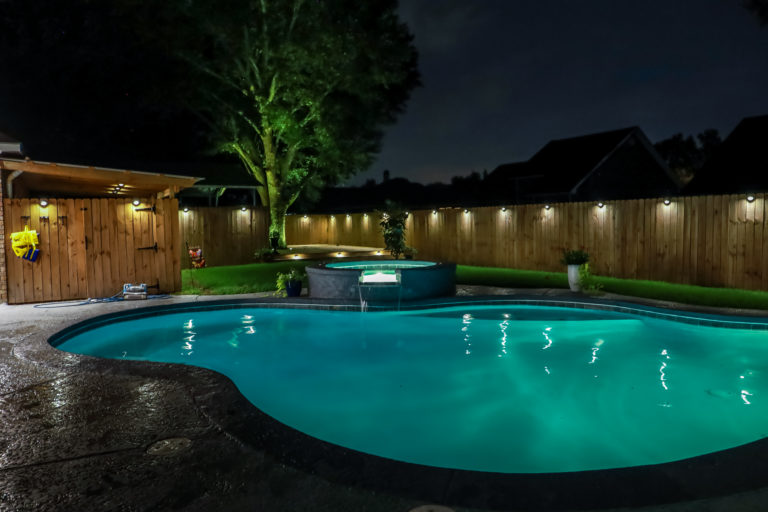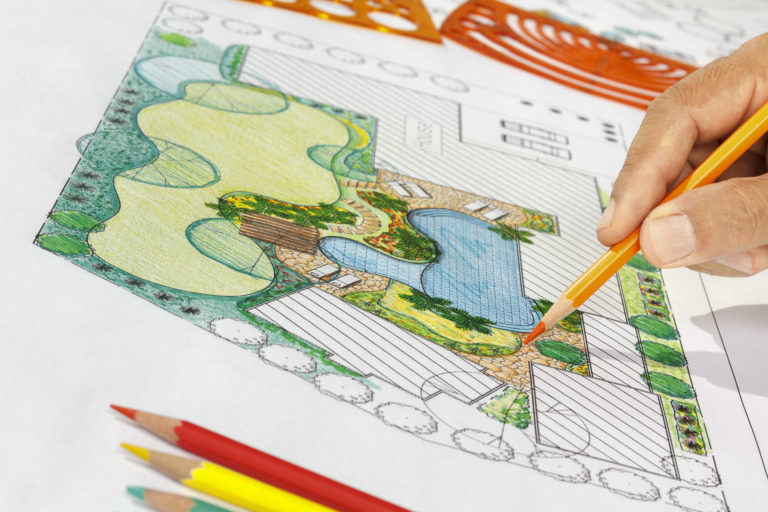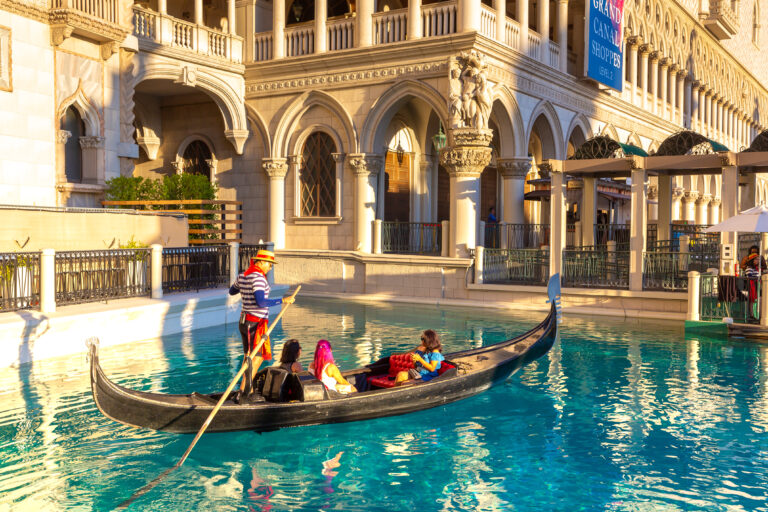All About Pool Coping Styles Materials and Trends
You’re planning your dream pool and it’s time to pick the perfect coping. It’s more than just a finishing touch, it defines your pool’s look and feel.
This guide will help you navigate through different styles, materials, and the latest trends in pool coping. You’ll discover how the right choice can elevate your overall pool design.
Let’s dive in!
Understanding the Concept of Pool Coping
Let’s delve into what pool coping is, as it’s a crucial part of any swimming pool design. Essentially, it’s the edging that surrounds your pool and separates the water from the deck. Not only does coping add a stylish finish to your pool, but it also serves several practical purposes.
Now you’re probably wondering about the coping installation process. You’ve got options! It can be installed in numerous ways depending on both style and material choice. Installation might involve pouring concrete into forms at the edge of the pool or laying stone pieces cut to fit precisely around your pool’s periphery.
Equally important are those handy coping maintenance tips to keep everything looking top-notch. Regular cleaning is key to avoid build-up of grime or algae which could make surfaces slippery and unsafe. You’ll also want to monitor for signs of wear and tear; cracked or loose sections may not only look unsightly but could lead to further damage if ignored.
Understanding these facets of pool coping gives you an insight into creating a safer, more attractive swimming space for everyone who dips their toes in!

The Various Styles of Pool Coping
You’re going to find a wide array of designs when it comes to the edging for your swimming area, each offering a unique aesthetic appeal. The style of coping you choose will not only define the look and feel of your pool but also influence the maintenance and even the installation techniques.
Now, let’s focus on three main styles: bullnose, cantilever, and rolled edge.
1. Bullnose coping: This classic design features a rounded edge that’s both graceful and safe. Its installation requires careful alignment but it’s worth the effort.
2. Cantilever coping: This modern style extends over the pool’s edge providing a sleek look. Special forms during concrete pouring are required for its installation.
3. Rolled edge coping: This gives an elegant finish with its upward curve towards the water.
Each style demands specific coping installation techniques which can range from simple to complex depending upon your choice.
Material Choices for Pool Coping
Diving into the next topic, it’s important to consider what type of substance you’d like your edging to be made from. When choosing a pool coping material, you should take into account its durability and cost considerations. Coping durability is vital because pool edges are frequently exposed to water, weather changes, and foot traffic. You don’t want something that’ll wear out quickly or require constant maintenance.
Brick and stone offer excellent durability but can be more expensive than other options like concrete or wood. They also provide unique aesthetics to your pool area if that’s what you’re going for.
On the other hand, concrete is an affordable choice known for its versatility in terms of color and style-it can be poured to mimic natural stone or brick for a fraction of their cost! However, keep in mind that it may not last as long as real stone or brick would.
Lastly, while wood offers a warm, natural look and feels easy on bare feet, it requires regular sealing to maintain its appearance and prevent water damage.
So before making a decision on coping materials, weigh the pros and cons carefully. Your choice will impact not only the aesthetic appeal of your pool area but also its longevity and your wallet.
Emerging Trends in Pool Coping
Moving on to the latest developments in edge design, it’s interesting to note how newer options are combining aesthetics with practicality. The focus isn’t just on making your pool look good. There’s also an emphasis on functionality and longevity, which brings us to coping maintenance tips.
1. Regular Cleaning: Regularly clean your pool coping to remove dirt and mildew that can cause discoloration.
2. Seal Properly: Ensure you seal your coping properly during the coping installation process to prevent water penetration that can lead to damage.
3. Prompt Repairs: Address any chips or cracks immediately before they expand and become harder (and more expensive) to fix.
4. Professional Inspection: Have a professional check your pool’s coping periodically for any issues you might miss.
The Role of Pool Coping in Overall Pool Design
In terms of overall design, it’s important to understand that the border around your swimming area plays a crucial role, not just in aesthetics but also in safety and durability. This border is known as pool coping.
Coping functionality extends beyond just giving your pool a finished look; it serves as an effective water barrier by preventing water from getting behind the pool shell and causing damage.
Coping installation needs careful planning and precision. Whether you’re installing stone, concrete, or bricks, proper installation ensures long-lasting performance while minimizing maintenance costs down the line. It’s all about creating a seamless connection between your pool and deck.
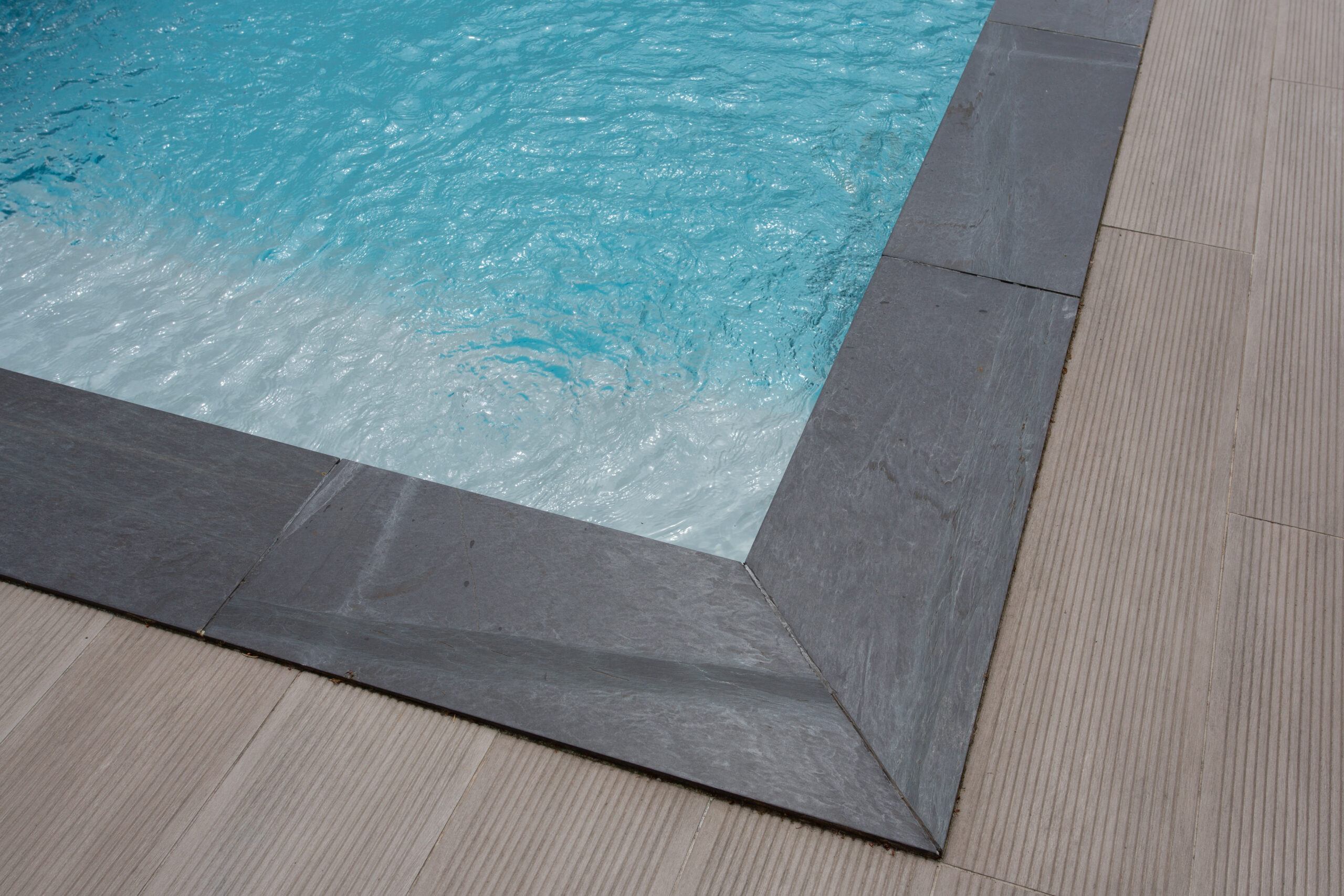
The right coping can enhance your overall design aesthetic, create an inviting transition from pool to patio or garden area, and safeguard against potential hazards like sharp edges. Remember that quality materials paired with professional installation can significantly influence how well your coping performs its dual role: protecting the structure of your pool while providing visual appeal.
So when considering your next steps for pool renovations or installations, don’t underestimate the importance of coping in overall design strategy.
Frequently Asked Questions
What Is the Average Cost of Installing Pool Coping?
You’re looking at an average cost varying from $30 to $50 per linear foot for pool coping installation. Remember, your choice impacts both the coping’s durability and aesthetics, so choose wisely.
How Often Should Pool Coping Be Replaced or Maintained?
You should maintain your pool coping regularly, but the actual replacement depends on its lifespan. Typically, it can last 10-15 years if well cared for. Always check for cracks or damage during routine cleanings.
How Does the Climate or Weather Affect the Choice of Material for Pool Coping?
Climate affects your choice in pool coping. Coping durability depends on weather conditions. Harsh climates require resilient materials. Material suitability is vital, ensuring the coping endures temperature changes and prevents water absorption or cracking.
Can I Install or Replace Pool Coping Myself, or Do I Need a Professional?
Sure, you can install pool coping yourself using DIY techniques. However, beware of common coping installation mistakes. For best results, consider hiring a professional to avoid any errors or unnecessary headaches.
Are There Any Potential Health or Safety Issues Associated With Certain Types of Pool Coping Materials?
Yes, there can be health and safety issues with certain pool coping materials. Some may have coping toxicity or can become slippery when wet, causing a risk of slips and falls. Always choose wisely for your safety.


